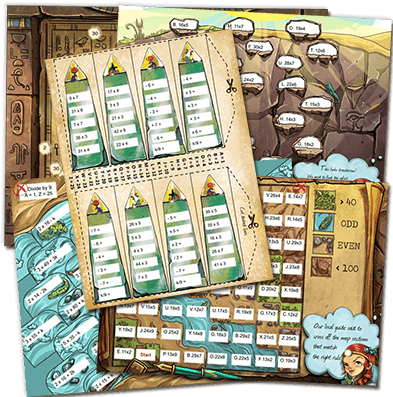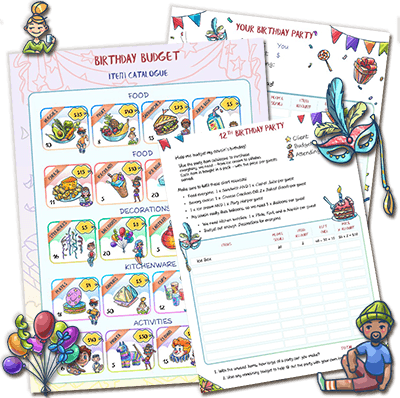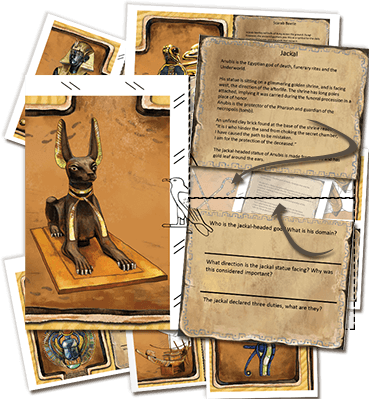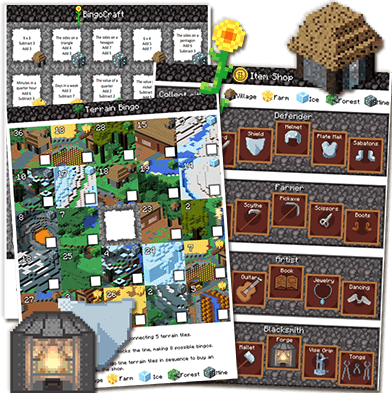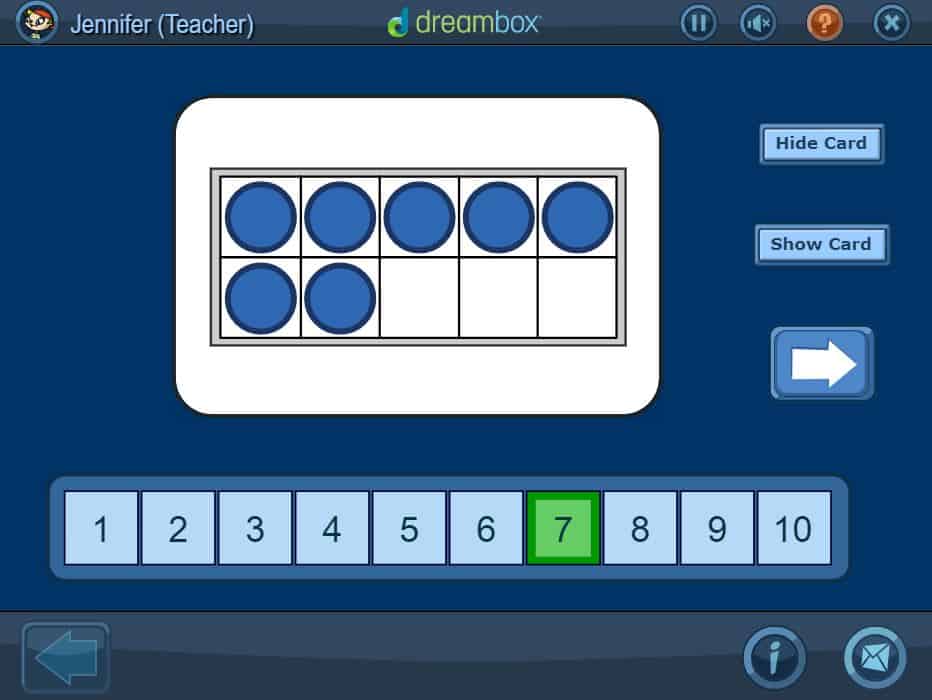Teach Operations & Algebraic Thinking With These Free Ten Frames Worksheets
Develop Mental Math Skills At Home and In Your Classroom With These Free Online Teaching Resources

Have You Tried 'Framing' Learning This Way?
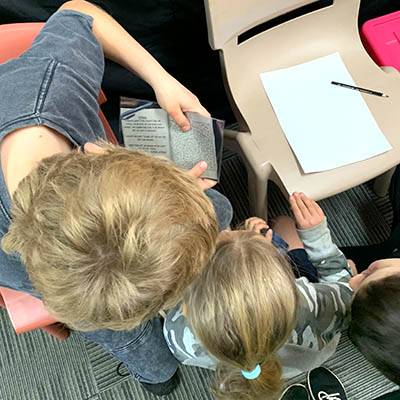
Have you ever heard of using escape room games in the classroom? It's a super-effective way to reframe learning into an epic adventure!
Kids should learn to count and to perform basic addition and subtraction at a young age. However, they should also learn to recognize a number from a grouping without counting every item. For example, at The Teacher’s Cafe, we want our baristas to recognize that they poured out each of the five lattes you ordered without counting 1-2-3-4-5.
To help them out, we teach mental math using ten frames with coffee beans. What are ten frames? They are tables with two rows of five boxes, one on top or on the side of the other. We place coffee beans in some of the boxes, and the baristas tell us, without counting, how many beans they see. A perfect score gets a small coffee and a scone.
So come on in, grab a coffee and a scone, and grab enough free worksheets to instil fun into your classes while your students work on their problems!
The Benefits of Ten Frames

Ten frames reinforce and enhance counting skills. These are essential foundations for STEM and later learning. Using a visual representation of a number, the students become proficient at recognizing the amount of several pieces without counting each piece. Using a free worksheet with your class allows them to recognize amounts instantly without counting.
For instance, you bake cookies for your class. Chocolate chip, with lots of chips (remember that for when you bake The Teacher’s Cafe cookies). You tell each student that they can have three cookies. How many count 1-2-3? Not many. They grab their three in one hand and walk off to enjoy a great treat and a messy mouth. They understood, without much help, how many cookies made three.
Subitizing is the technical term for recognizing a number without counting the individual pieces. You perform this function constantly without thinking about it. How many apples are on that plate? What is the value of the dice you rolled? How many people are ahead of you in line for coffee (too many)? Subitizing allows you to quickly find the solution you need without time-consuming one-by-one counting.
Ten frames also help students understand the value of numbers. Besides merely learning that three comes after two, and eight comes after seven, students understand why eight is greater than seven, using a simple visual cue. This helps them perform mental math with less effort and more accuracy.
When you take your class to the local alligator farm to see the hatchlings, you can ask them which cage has more alligators. The first kid to respond with the total number of alligators in each cage wins the right to have an alligator hang off their finger (baby alligators have almost no bite). The student that answers correctly most likely realized, without counting, how many were in each cage. No students counting one-by-one will win this contest. Of course, an alligator biting one’s finger, no matter how lightly, may not motivate each student. Being the first to hold the baby alligator would work as well.
You can also use ten frames to teach the value of place. Put two ten frames side-by-side. The left frame should have all ten boxes filled to represent the place's value (ten). Fill in the right frame with your desired number. For instance, if the right frame has five boxes filled, the number is fifteen. By setting forth the frames in this manner, students better understand the value of larger numbers.
You can use ten frames to force the students to raise their concentration and follow the rules. Instead of grouping all of your items together, spread them out, forcing the students to group despite the gaps. Instead of asking how many items they see, ask how many boxes are empty. Randomly rotate, asking them how many boxes are full and how many are empty to teach them to read the question carefully before they answer.

Seven Great Ten Frame Games To Excite Your Class

Need a ready-to-go worksheet game now? Check out this math activity pack.
Children learn better when they enjoy the lesson. Try these ten great games with our free worksheets for an enriching and exciting class. They work great for homeschool lessons too!
Flashcard Mania. Ten frames make excellent flash cards. The visual nature allows you to use them in multiple ways. Try these ways with your class.
- Make twelve ten frame cards. Flash each one at your class for three seconds. Have them write down the answer on a sheet of paper. Have the students exchange papers to allow them to grade each other’s papers as you reshow the cards.
- Pair your students in groups of two. Give each 5 ten frame cards. Have them show each other the cards. The one showing the card must agree with the answer given. If not, they must agree on the correct answer.
- Hold flashcards in front of the class. Ask them how many boxes are full and how many are empty. Students raise their hand when they have the answer, and you call on the first one ready. The student correctly answering the most questions wins a prize. Perhaps you can give a chocolate chip cookie or baby alligator to the winner. We do not advise giving your students coffee.
- You can use flashcards to enhance your students’ mental math skills in an infinite number of ways. Let us know which flashcard games your class enjoyed the most!
Hold two ten frames side by side for three seconds. Have the students write down the larger number.
Adding and Subtracting Ten Frames. Place two frames side by side. Have your students add and subtract the ten frames. You can do this as a flashcard exercise, which prevents one-by-one counting. You can also do it as a free worksheet handout. Place a time limit on finishing the handout to ensure that students recognize the numbers and not count them. You can also do this as a group exercise, with a prize going to the group finishing the fastest with the least mistakes.
Group Race. Split your class into groups of three or four. Hand out ten frames to the groups. Have them agree on the proper answer. The group finishing the fastest with the most correct wins! Create new groups and start over! Students will not tire of this fun and fast-paced game. For added fun, hand out addition and subtraction ten frames. Enhance both skills with one game.
Hi-Low. Hand out ten frames to your class with numbers from one to twenty. Have them hold up their hands if they think they may have the highest number. Repeat the exercise and have them raise their hands if they think they have the lowest number. Send out a new set of papers and start the game over! You can also use addition and subtraction worksheets with this game, having students raise their hand if they think they have the highest sum or lowest difference.

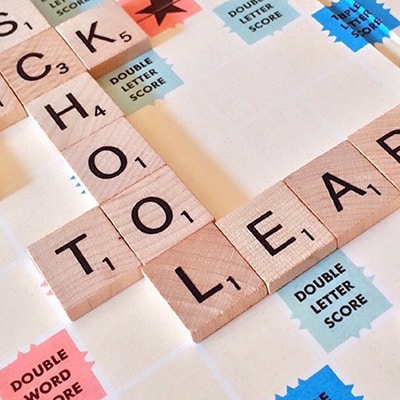
Missing Numbers. Hand out ten frame sheets to the class. Then tell them the number you actually want. Students have to put an X in an empty box or X out a filled-in box to get to the correct number. Place a time limit on each problem to discourage simple counting. Place ten frames side by side to force students to contend with place as well as quantity. For example, force them to increase the number of filled boxes from seven to thirteen. This requires them to fill out the left frame before moving to add filler to the right frame.
Bingo. Create sheets with four rows and five columns of ten frame numbers from one to twenty. Pull numbers out of a hat bingo style. Play as many different style bingo games as you like. You can try five in a row, diagonal, four corners, or even coverall! You can play all of these games with the same worksheets. Let us know if you need coffee beans to use as markers for the students. We may have a few lying around!
Filler. Some students race through any assignment given. Quite often, they achieve perfect scores. To keep them busy while the rest of your class finishes consider this routine:
- Keep a few ten frame sheets on hand.
- Hand them out when they finish other work. You should consider asking how many blocks or empty and how many are filled to force the students to slow down and read the instructions.
- Work in both addition and subtraction problems to provide an extra challenge.
And Now It's Over to You

We know you can find other great games to enjoy with your class (e.g, incorporating worksheets into an escape room adventure!). Ten frames provide a valuable learning experience for students. They make the next steps in math much easier for the students to handle. Having a visual feel for each number's value allows them to make a smoother transition into higher-level work.
Try a free worksheet with your classroom or homeschool lesson! Send us an email to let us know how your class enjoyed them and which game they enjoyed the most. We want to help you succeed in giving your students the most fulfilling and exciting option possible.
Your Next Lesson Is Already Done.
Treat yourself to an easy lesson with a classroom-ready, curriculum-aligned activity kit.
Each classroom activity works by transforming the lesson into an engaging game that gets students invested.
You'll spark your students creativity, develop their critical thinking, and reclaim a little breathing space all in one genius move.
Just download a kit, print it out and instantly become the cool teacher!
Operations & Algebraic Thinking
While ten frames should start in Kindergarten, ten and twenty frames are great for developing mental math skills in all elementary grades.
Dreambox - Simple Ten Frame game, but be ready, it goes fast! Using a two by five array, the Ten Frame supports the use of five as an anchor for early number sense. Lesson
Dreambox - Bead/Rack number line game. Using one, two, or ten wires. Supports the use of fives, tens, and doubles as anchors for supporting automaticity. Lesson
Dreambox - Just like the ten frames but practice for 1.OA.C.6
(Add and subtract within 20).
Dreambox - Just like the ten beads/racks but practice for 1.OA.C.6
(Add and subtract within 20).
Illuminations - Basic Ten Frame Game
Fuel the Brain - A different variation of ten frames for higher levels
Printable Ten Frames
(Click and print each one to have each amount of dots on a frame)
10 - 9 - 8 - 7 - 6 - 5 - 4 - 3 - 2 - 1 - 0
CCSS.MATH.CONTENT.K.OA.A.1
Represent addition and subtraction with objects, fingers, mental images, drawings1, sounds (e.g., claps), acting out situations, verbal explanations, expressions, or equations.
CCSS.MATH.CONTENT.K.OA.A.2
Solve addition and subtraction word problems, and add and subtract within 10, e.g., by using objects or drawings to represent the problem.
CCSS.MATH.CONTENT.K.OA.A.4
For any number from 1 to 9, find the number that makes 10 when added to the given number, e.g., by using objects or drawings, and record the answer with a drawing or equation.
CCSS.MATH.CONTENT.1.OA.C.6
Add and subtract within 20, demonstrating fluency for addition and subtraction within 10. Use strategies such as counting on; making ten (e.g., 8 + 6 = 8 + 2 + 4 = 10 + 4 = 14); decomposing a number leading to a ten (e.g., 13 - 4 = 13 - 3 - 1 = 10 - 1 = 9); using the relationship between addition and subtraction (e.g., knowing that 8 + 4 = 12, one knows 12 - 8 = 4); and creating equivalent but easier or known sums (e.g., adding 6 + 7 by creating the known equivalent 6 + 6 + 1 = 12 + 1 = 13).
